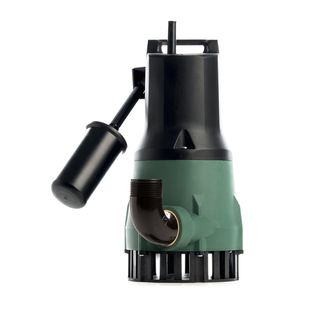

DAB FEKA 600 M-A
0 reviews
DAB FEKA 600 M-A
0 reviews
- Max. pump capacity: 15,000 l/h
- Max. delivery head: 9 m
- Solid particles: 25 mm
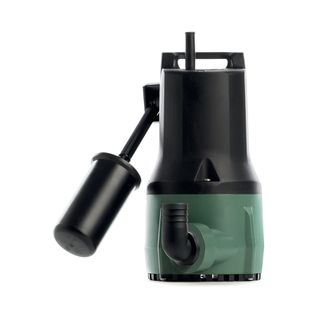

DAB NOVA 300 M-A
0 reviews
DAB NOVA 300 M-A
0 reviews
- Max. pump capacity: 13,000 l/h
- Max. delivery head: 7,2 m
- Solid particles: 10 mm
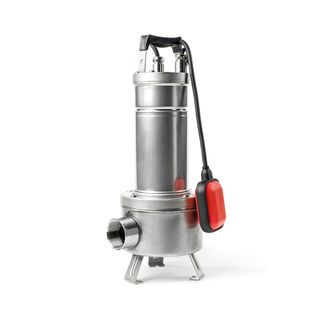

DAB FEKA VS 550 M-A
0 reviews
DAB FEKA VS 550 M-A
0 reviews
- Max. pump capacity: 20,000 l/h
- Max. delivery head: 7,4 m
- Solid particles: 50 mm
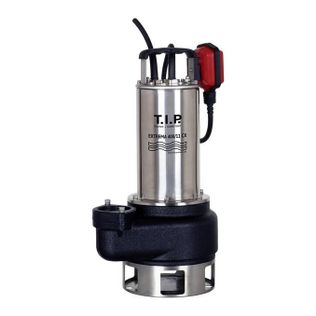

T.I.P. Extrema 400/11 CX
2 reviews
T.I.P. Extrema 400/11 CX
2 reviews
- Max. pump capacity: 24,000 l/h
- Max. delivery head: 11 m
- Solid particles: 40 mm
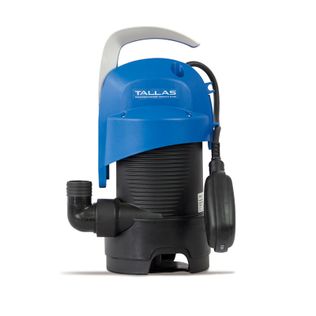

Tallas D-DW 400
22 reviews
Tallas D-DW 400
22 reviews
- Max. pump capacity: 8,400 litres per hour
- Max. delivery head: 7 metres
- Solid particles: 30 mm
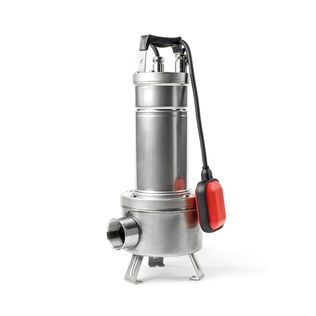

DAB Feka VS 1200 M-A
0 reviews
DAB Feka VS 1200 M-A
0 reviews
- Max. pump capacity: 33,000 litres per hour
- Max. delivery head: 14 metres
- Solid particles: 50 mm
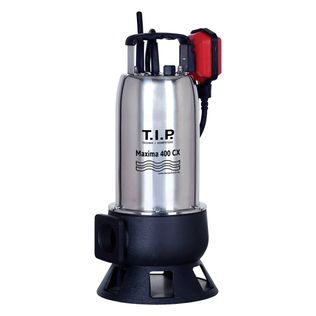

T.I.P. Maxima 24000
13 reviews
T.I.P. Maxima 24000
13 reviews
- Max. pump capacity: 24,000 l/h
- Max. delivery head: 9 m
- Solid particles: 35 mm
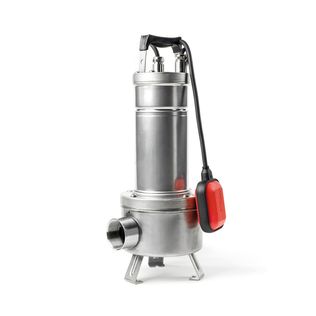

DAB Feka VS 750 M-A
0 reviews
DAB Feka VS 750 M-A
0 reviews
- Max. pump capacity: 24,000 litres per hour
- Max. delivery head: 9,6 metres
- Solid particles: 50 mm
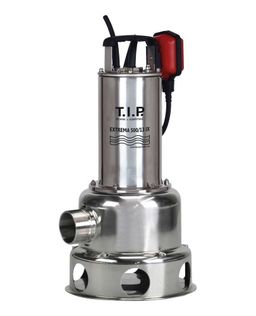

T.I.P. Extrema 500/13 Pro
0 reviews
T.I.P. Extrema 500/13 Pro
0 reviews
- Max. pump capacity: 30,000 l/h
- Max. delivery head: 13 m
- Solid particles: 40 mm
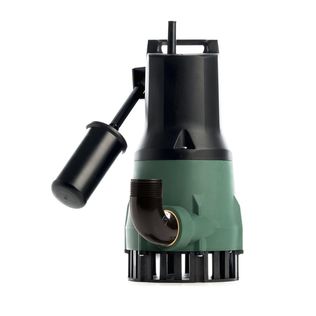

DAB FEKA 300 M-A
0 reviews
DAB FEKA 300 M-A
0 reviews
- Max. pump capacity: 12,000 l/h
- Max. delivery head: 6,5 m
- Solid particles: 25 mm
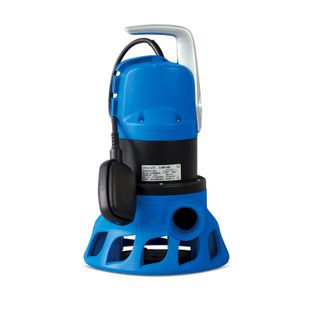

Tallas D-DWP 1000
0 reviews
Tallas D-DWP 1000
0 reviews
- Max. pump capacity: 19,200 litres per hour
- Max. delivery head: 11 metres
- Solid particles: 38 mm
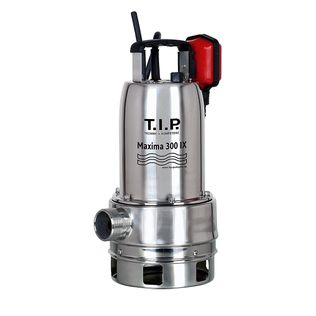

T.I.P. Maxima 18000
61 reviews
T.I.P. Maxima 18000
61 reviews
- Max. pump capacity: 18,000 l/h
- Max. delivery head: 8 m
- Solid particles: 30 mm



